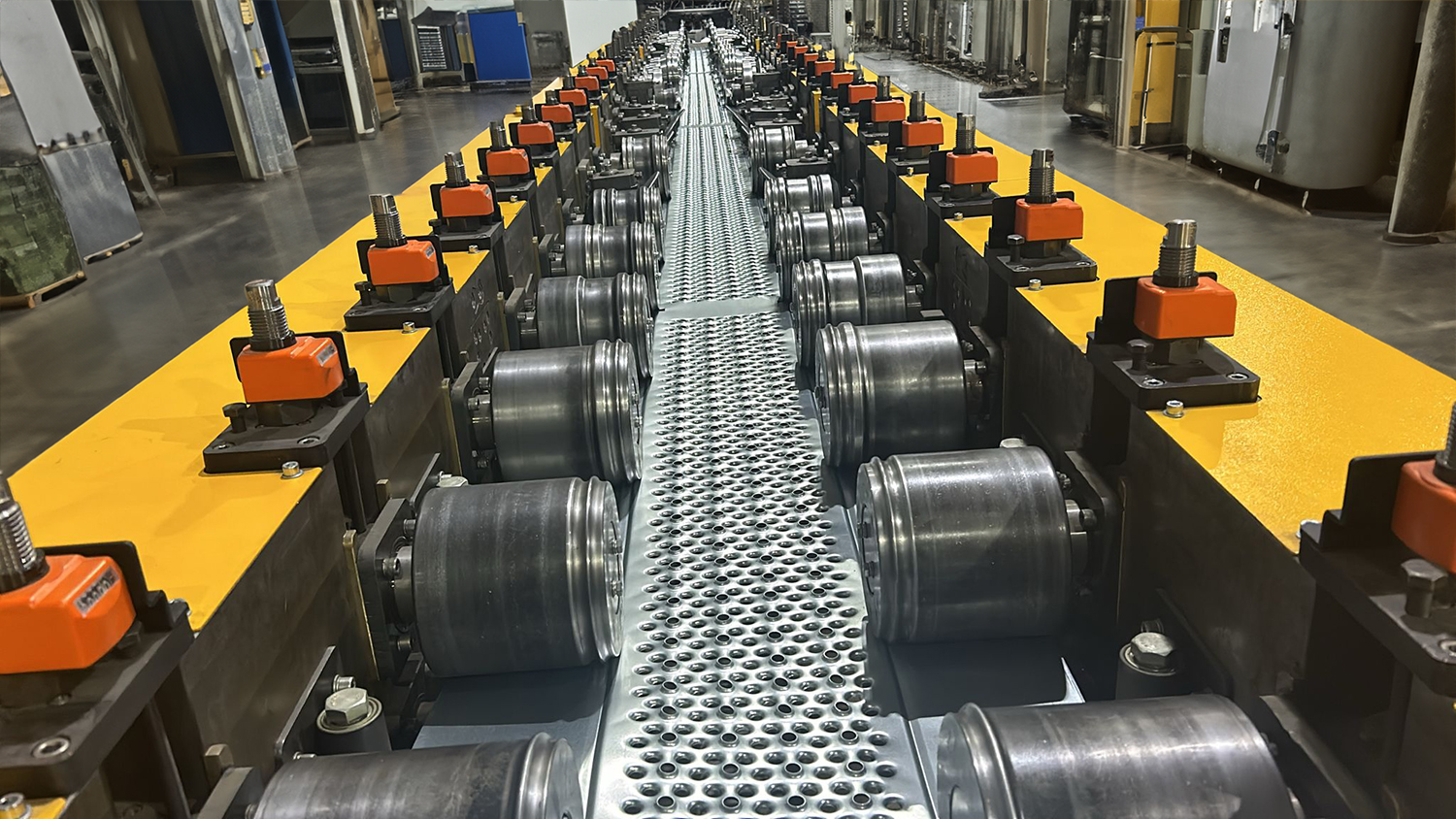Roll Forming Machines: Creating Works of Art from Metal Strips
Roll-forming machines are like an industrial wizarding tool that takes flat strips of metal and turns them into intricate profiles that warm the heart of architecture, the automotive industry, and even art. These machines push the limits of raw materials, adding an aesthetic touch to architectural designs, while enabling the production of lightweight and durable parts in the automotive industry. So, how do these machines work, and why are they so important?
The Magic World of Roll Forming Machines
Roll forming machines are mainly composed of a feeding system, a roll set, and a cutting system. The flat metal strip is fed into the machine and then passed through a series of rolls. Each roll bends the strip at an angle, creating the desired profile. This process requires precise and careful craftsmanship, just like a craftsmanship that shapes a dough.
- Feeding System: Regarded as the heart of the machine, the feeding system transmits the metal strip to the machine continuously and uniformly. In this way, there is no interruption in production and consistency is ensured in the products.
- Roll Set: Rolls are one of the most important components of the machine. Each roll is specially designed to shape a different section of the profile. The precise adjustment of the rolls directly affects the quality of the profile.
- Cutting System: The shaped profile is cut to the specified lengths and brought to the desired dimensions. The cutting process is a process that requires high precision and directly affects the quality of the product.
A Creative Dance in the Production Process of Roll Forming Machines
The production process with roll forming machines can be compared to a dance. Each step triggers the next step, resulting in a perfect profile.
- Profile Design: It all starts with engineers and designers coming together to create a virtual model of the profile they imagine. This model is used to determine how to design rolls.
- Roll Production: After the design is completed, specially produced rolls are placed in the machine. The precise adjustment of the rolls directly affects the quality of the profile.
- Material Feeding: The flat metal strip is fed into the machine and formed by rolls.
- Forming: The metal strip is transformed into the desired profile as it moves through the rolls. This process requires precise and careful craftsmanship, just like a sculptor shapes raw material.
- Cutting: The shaped profile is cut to specified lengths.
- Quality Control: The produced profiles are meticulously checked and checked whether they comply with the desired specifications.
The Place of Roll Forming Machines in Our Lives
Roll forming machines appear in all areas of our lives. From the chassis parts in our cars to the roofs of our buildings, profiles produced by roll forming machines are used in many places. Thanks to these machines, it has become possible to produce lighter, more durable and more aesthetic products.
- Automotive: Complex profiles used in vehicle bodies are produced by roll forming machines. In this way, vehicles become lighter and more fuel-efficient.
- Construction: Many construction materials such as roofing materials, wall panels are produced by roll forming machines. In this way, buildings are built faster and more economically.
- White Goods: Profiles used in the bodies of white goods such as refrigerators and washing machines are produced by roll forming machines.
- Energy: Profiles used in energy production systems such as solar panels and wind turbines are produced by roll forming machines.
As a result, roll forming machines are an indispensable part of the modern manufacturing industry. Thanks to these machines, flat metal strips can be transformed into complex profiles that push the limits of our imagination, making it possible to produce products that make our lives easier and more beautiful.
